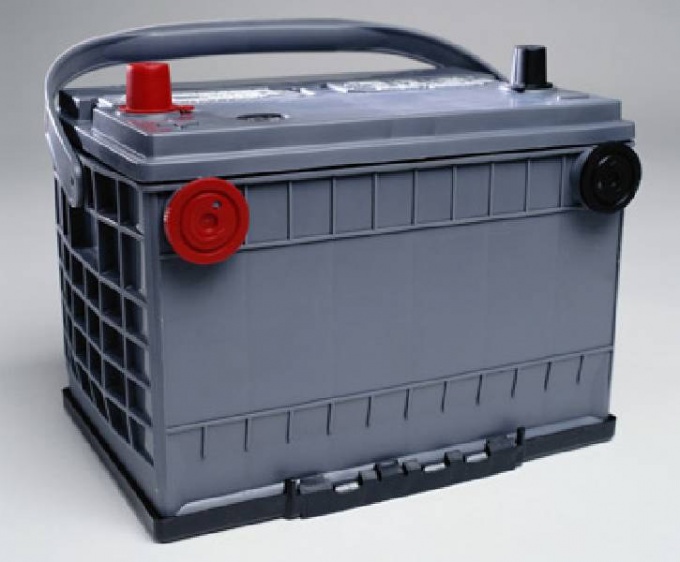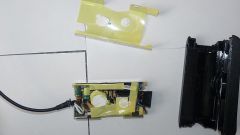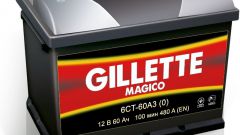Instruction
1
Disconnect the battery from the onboard network of the car and measure the voltage on the battery with a voltmeter. It is advisable to do it immediately, but a few hours after engine stop and in a warm room, otherwise you'll have to make a correction for the temperature of the electrolyte. The degree of charge of the battery can be determined from the tables in reference books. If these data are not at hand, we focus on approximate numbers is 12.2 volts means 50% of the discharge; 11,6 volts – 100% charge.
2
Measure the electrolyte density with a hydrometer (densimeter), if you have a serviceable battery. Have a fully charged device parameters must be 1.28 -1.29 GSM?, in the summer, 1.26-1.27 DBS?, at discharge 50% -1.20 GSM?, have fully discharged - 1.10. Owners of modern maintenance-free batteries are exempt from this procedure.
3
Undercharge the battery with the charger. If the voltage is less than 12.6 V and the density of electrolyte is below 1.24 fuel. cube, after bringing to normal the level and density of electrolyte.
4
Check the voltage on the battery with the engine running at 1500-2000 rpm obmin and turned on the high beam headlights. A voltage of 13.9 volts to 14.3 volts suggests that the charging system is working optimally, and the deviations in the or down allow to conclude that insufficient charge or overcharge. And then, and more harmful to the battery and reduces its life. The undercharge may be due to the weak tension of the alternator belt.
5
Take it a rule to recharge the battery after a long pause in the use of the car (in the summer more than 3 weeks in the winter more than 10 days). Remember that an activated alarm also leads to a gradual battery drain.



